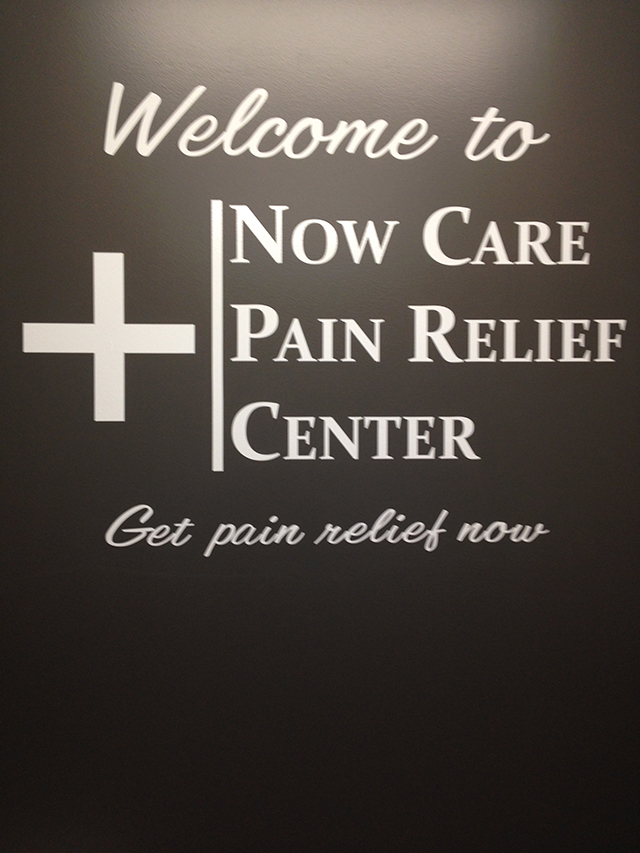Joint Pain
Pains that seem to be coming from joints can sometimes be coming from structures outside the joints, such as ligaments, tendons, or muscles. Examples of such disorders are bursitis and tendinitis.
True joint pain (arthralgia) may or not be accompanied by joint inflammation (arthritis). The most common symptom of joint inflammation is pain. Inflamed joints may also be warm and swollen, and less often the overlying skin may be red. Arthritis may involve only joints of the limbs or also joints of the central part of the skeleton, such as the spine or pelvis. Pain may occur only when a joint is moved or also be present at rest. Other symptoms, such as rash, fever, eye pain, or mouth sores, may be present depending on the cause of the joint pain.
Different disorders tend to affect different numbers of joints. Because of this, doctors consider different causes of pain when the pain affects one joint (see Joint Pain: Single Joint) than when it affects more than one joint. When multiple joints are involved, some disorders are more likely to affect the same joint on both sides of the body (for example, both knees or both hands) than other disorders. This is termed symmetric arthritis. Also, in some disorders, an attack of arthritis remains in the same joints throughout the attack. In other disorders, the arthritis moves from joint to joint (migratory arthritis).
Causes
In most cases, the cause of pain originating inside multiple joints is arthritis. Disorders that cause arthritis may differ from each other in certain tendencies, such as the following:
- How many and which joints they usually involve
- Whether the central part of the skeleton, such as the spine or pelvis, is typically involved
- Whether arthritis is sudden (acute) or longstanding (chronic)
Acute arthritis affecting multiple joints is most often due to
- Viral infection
- The beginning of a joint disorder or a flare up of an existing chronic joint disorder (such as rheumatoid arthritis or psoriatic arthritis)
Less common causes of acute arthritis in multiple joints include Lyme disease (which also may affect only one joint), gonorrhea and streptococcal bacterial infections, reactive arthritis (arthritis that develops after an infection of the digestive or urinary tract), and gout.
Chronic arthritis affecting multiple joints is most often due to
- Inflammatory disorders such as rheumatoid arthritis, psoriatic arthritis, or systemic lupus erythematosus (in adults)
- The noninflammatory disorder osteoarthritis (in adults)
- Juvenile idiopathic arthritis (in children)
Other causes of chronic arthritis in multiple joints include autoimmune disorders that affect the joints, for example, systemic lupus erythematosus, psoriatic arthritis, ankylosing spondylitis, and vasculitis.
Some chronic inflammatory disorders can affect the spine as well as the limb joints (called the peripheral joints). Some affect certain parts of the spine more frequently. For example, ankylosing spondylitis more commonly affects the lower (lumbar) part of the spine, whereas rheumatoid arthritis more typically affects the upper (cervical) part of the spine in the neck.
The most common disorders outside the joints that cause pain around the joints are
- Fibromyalgia
- Polymyalgia rheumatica
- Bursitis or tendinitis
Bursitis and tendinitis often result from injury, usually affecting only one joint. However, certain disorders cause bursitis or tendinitis in many joints.
Evaluation
In evaluating joint pain, doctors first try to decide whether joint pain is caused by a disorder of the joints or a serious bodywide (systemic) illness. Serious bodywide disorders may need specific immediate treatment. The following information can help people decide when to see a doctor and know what to expect during the evaluation.
Warning signs
In people with pain in more than one joint, symptoms that should prompt rapid evaluation include
- Joint swelling, warmth, and redness
- New skin rashes, spots, or purple blotches
- Sores in the mouth or nose or on the genitals
- Chest pain, shortness of breath, or new or severe cough
- Abdominal pain
- Fever, sweats, or chills
- Eye redness or pain
When to see a doctor
People with warning signs should see a doctor right away. People without warning signs should call a doctor. The doctor decides how quickly they need to be seen based on the severity and location of pain, whether joints are swollen, whether the cause has been diagnosed previously, and other factors. Typically, a delay of several days or so is not harmful.



